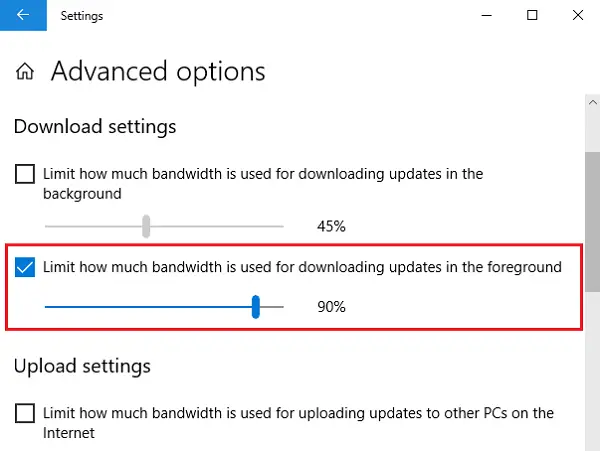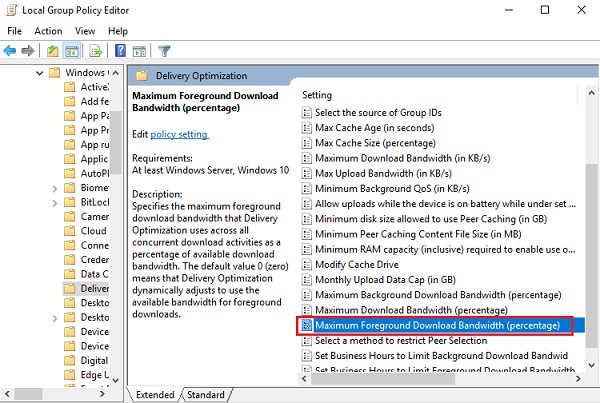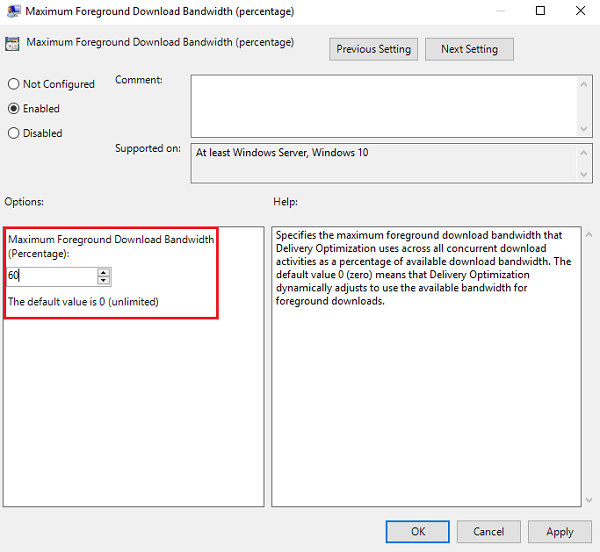The downloads that are involuntarily conducted by your operating system are called background downloads. These are usually the updates done on Windows 10 and are automatically downloaded without asking for permission or any interaction with the user. Whenever there are any update requirements, you see them getting updated right away. If we talk about the foreground downloads on an OS, these are the kinds of downloads that one has to start by oneself. A very good example of a manual or a foreground download is the one where we click on Get or a Download button so that we can download an application. Both foreground and background downloads affect the bandwidth of the system, and if beyond a certain limit, they could saturate the disk utilization. A good way to find out the same is by opening the Task Manager and checking the percentage of disk utilization. If it is in red, we have to limit the downloads to reduce the load on the system, or else it would start hanging and might get totally unresponsive. Now that we are acquainted with the difference between background downloads and foreground or manual downloads let us talk about the query we set out to answer in the first place, i.e. how we can limit the bandwidth of the foreground downloads in Windows 10. The set of instructions are specifically designed for Windows 10 1803 and later. In case you have a different OS or update installed, the steps given might not prove to be of much help.
Limit bandwidth of foreground downloads
1] Click on the Start button and then the gear-like symbol to open the Settings window. 2] In settings, click on the option that says “Update and Security”. 3] After clicking on “Update & Security”, you need to click on “Windows Update.” 4] Now we need to click on the “Advanced Options” under the windows update menu followed by going to “Delivery optimization”. 5] Once you have clicked on “delivery optimization” link, you need to again click on the “Advanced options” link. 6] Once you have clicked on Advanced options, the bandwidth usage box needs to be checked. This here is how much bandwidth your foreground downloads use up. 7] In the box, check and set the foreground option limit. Use the slider provided to change the limit to your desired value. How to limit foreground downloads using Group Policy In case we are handling a network of systems managed by a common group policy, we could make changes as follows: 1] Press Win + R to open the Run window and type the command gpedit.msc. Press Enter, and it would open the Local Group Policy Editor. 2] Scroll to the path Computer Configuration > Administrative Templates > Windows Components > Delivery Optimization. 3] On the Settings pane on the right-hand side, double-click on the Maximum Foreground Download Bandwidth (percentage) policy. 4] Select the radio button at Enabled. Under Options, change the Maximum Foreground Download Bandwidth (percentage) to whatever bandwidth you prefer. 5] Click on Apply and then Ok to save the settings. And that’s it! We are done. You have successfully set the bandwidth of your manual/foreground downloads. Hopefully, the steps and instructions given were easy to follow. Just make sure you follow the directions closely, and you will have your preferred bandwidth usage value for foreground downloads set up in no time.



